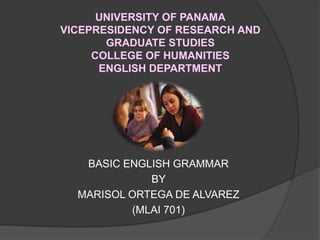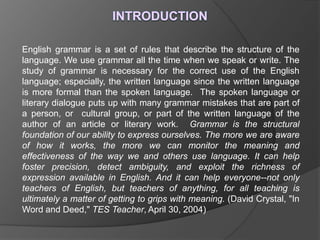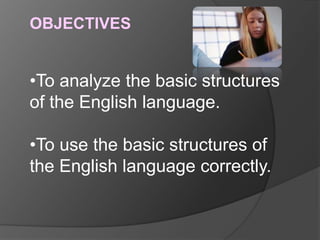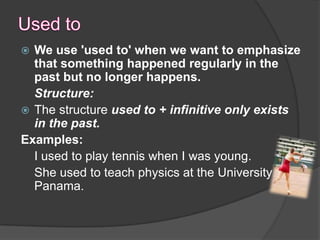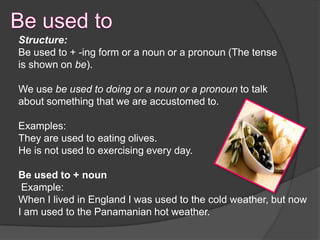Here are the completed sentences with the appropriate form of used to and the verb in brackets:
1. It is difficult for Bill to drive in Panama. He used to drive on such narrow streets.
2. Gloria didn't used to have a blackberry, but now she does.
3. Computers used to be very expensive. Now the prices are more reasonable.
4. People from Jamaica used to eat spicy food. They find our food tasteless.
5. When Carlos was young, he used to ride a bicycle to school.
